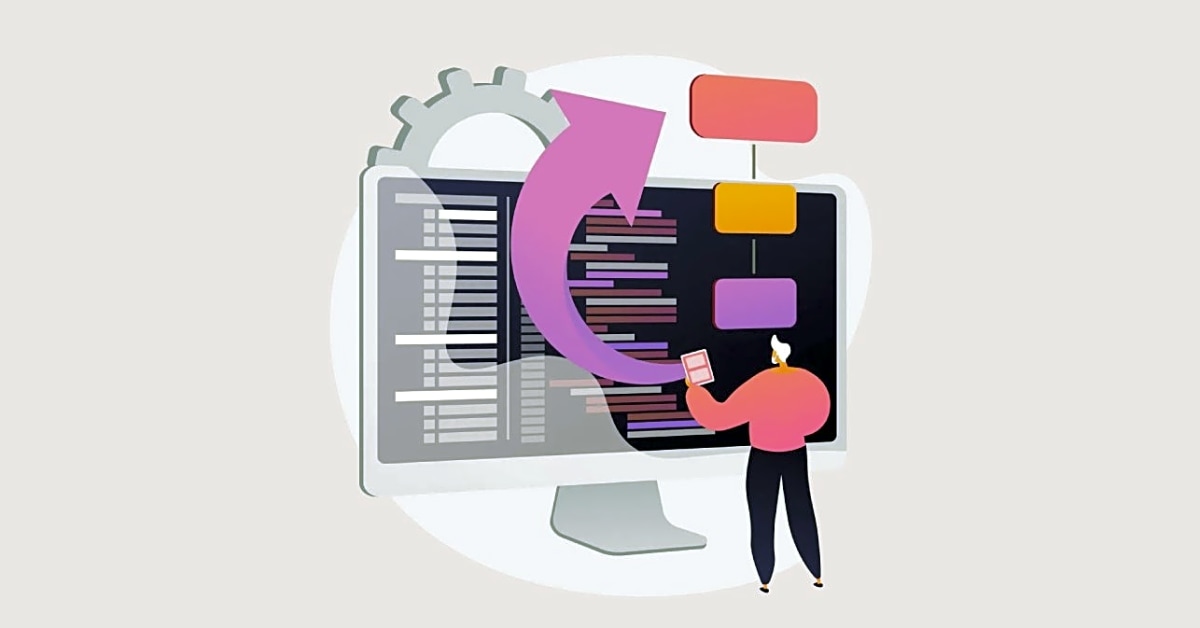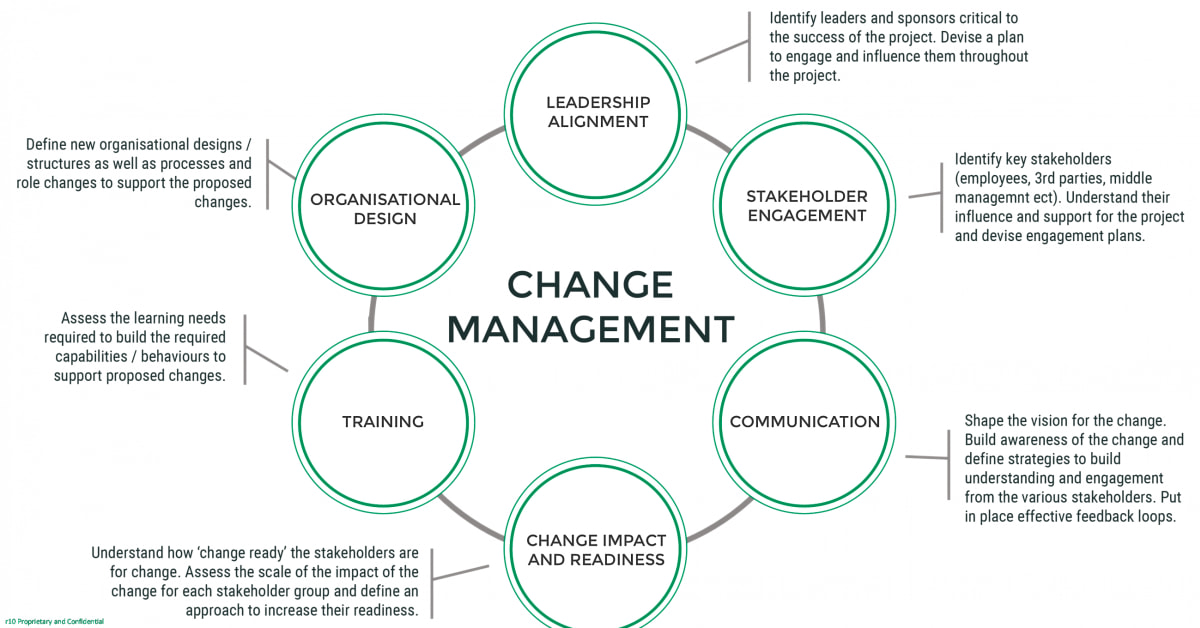Features and Benefits of Project Management Software for Change Implementation
Project management software is a powerful tool that is essential for any organization looking to implement change effectively. This software provides a centralized platform for managing projects, tasks, and resources, making it an invaluable asset for teams working on change implementation. In today’s fast-paced business world, where change is a constant, having a reliable project management software can make all the difference in ensuring successful and timely implementation of change initiatives. In this article, we will delve into the features and benefits of project management software for change implementation, and how it can help teams stay organized, efficient, and on track towards achieving their goals. So, whether you’re a project manager or a team member involved in change implementation, this article is for you. Let’s dive in and explore how project management software can transform the way you approach change.
To fully understand the importance of project management software in change implementation, we first need to define what change management is. Change management is the process of preparing, supporting, and helping individuals, teams, and organizations in making organizational changes. It involves strategies, techniques, and tools that facilitate the smooth transition from the current state to the desired future state. Some common challenges in change management include resistance to change, lack of communication, and inadequate resources. This is where project management software comes in. It provides a structured approach to managing change, ensuring that all aspects of the process are properly planned, executed, and monitored.
Streamline Change Management with Project Management Software
One of the key features of project management software is its ability to streamline the change management process. By providing a centralized platform for planning, organizing, and tracking all aspects of a project, it minimizes the risk of miscommunication or missed deadlines. This ensures that all stakeholders are on the same page and that the project is moving forward smoothly.
Tools for Implementing and Monitoring Change
Project management software offers a wide range of tools to help with implementing and monitoring change. These tools include Gantt charts, task lists, calendars, and collaboration features. With these tools, project managers can assign tasks, set deadlines, track progress, and communicate with team members in real-time. This not only increases efficiency but also promotes accountability and transparency.
Different Models and Processes of Change Management
There are various models and processes of change management, each with its own set of steps and methodologies. Some popular models include the ADKAR model, Lewin’s Change Management Model, and Kotter’s 8-Step Process for Leading Change.
Project management software can be customized to align with these models and processes, making it easier for organizations to implement change according to their specific needs and goals.
Effective Leadership Techniques for Change Implementation
Effective leadership is crucial in change management, as it involves motivating and guiding individuals and teams towards a common goal. With the use of project management software, leaders can have a better understanding of the progress of the project, identify potential roadblocks, and facilitate communication between team members.
One of the key benefits of project management software is its ability to provide visibility into the project. This allows leaders to have a clear overview of the tasks and timelines involved in the change implementation process. They can also track the progress of each team member and identify any potential delays or issues that may arise.
Another important aspect of effective leadership in change implementation is delegation. Project management software allows for efficient delegation of tasks and responsibilities. This ensures that everyone is working towards the same objectives and that there is no overlap or confusion in roles.
Communication is also essential in change management, and project management software can facilitate this by providing a centralized platform for team members to communicate and collaborate. This helps to ensure that everyone is on the same page and working towards the same goals.
In conclusion, project management software can be a valuable tool for leaders in change implementation. Its features and benefits allow for better visibility, efficient delegation, and improved communication among team members. With its help, leaders can effectively navigate and lead organizational change towards success.
In conclusion, project management software is an essential tool for successful change implementation. It streamlines the change management process, provides effective leadership techniques, offers tools for implementing and monitoring change, and aligns with different models and processes of change management. With project management software, organizations can navigate through change with ease, ensuring a smooth transition towards their desired future state.


